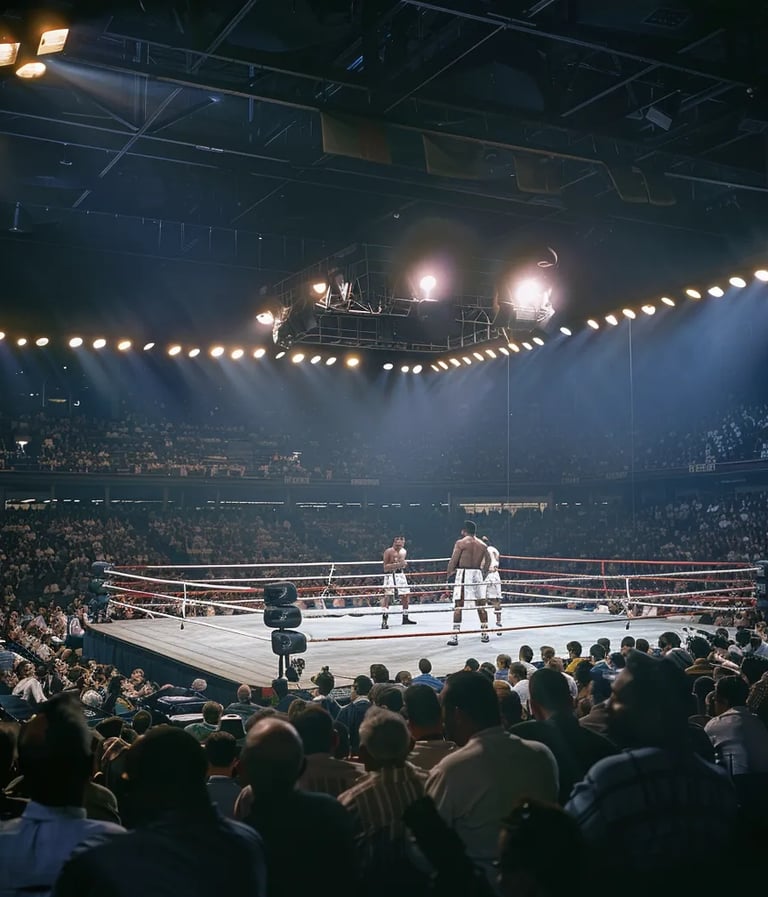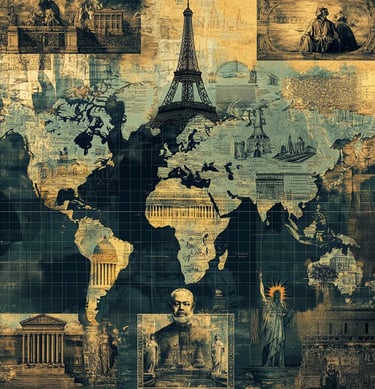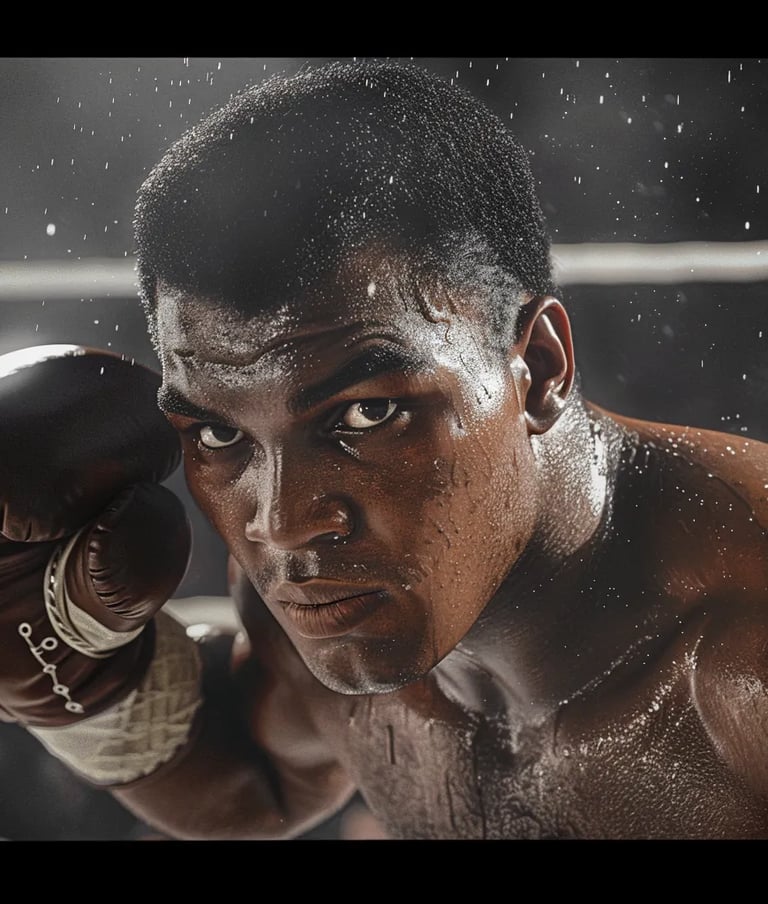On this day, the first recorded trial for witchcraft in Paris took place, marking the beginning of an era of fear and superstition. Accusations of sorcery led to brutal interrogations and harsh punishments. Though witch trials had already occurred in other parts of Europe, this event signified the spread of hysteria to France, setting the stage for future persecutions.
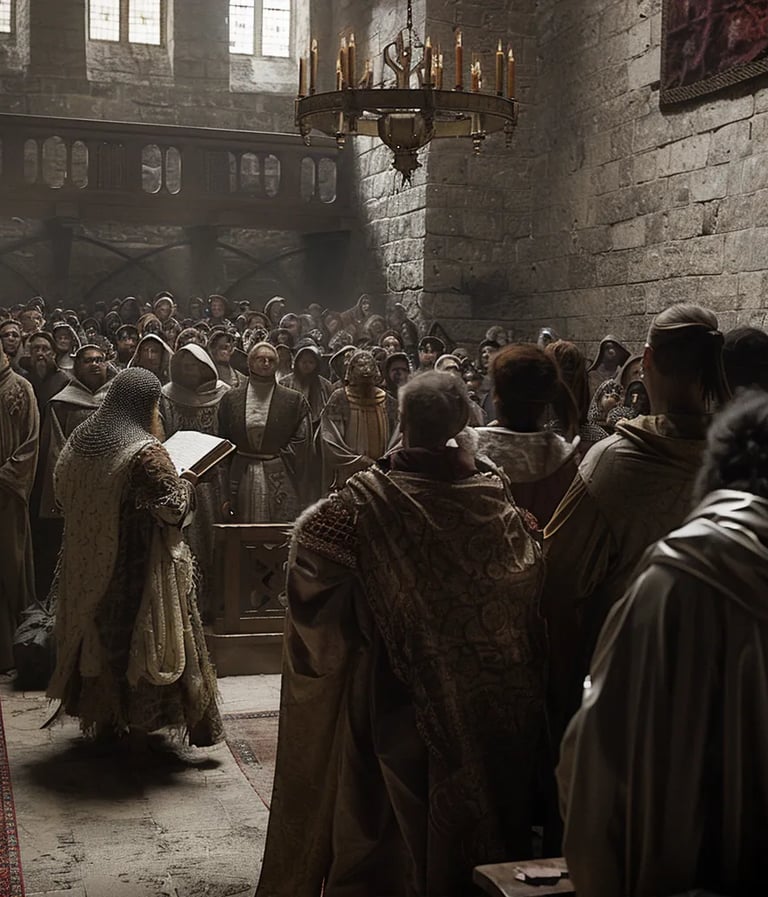

1390 – Paris Holds Its First Witchcraft Trial: A Dark Chapter Begins
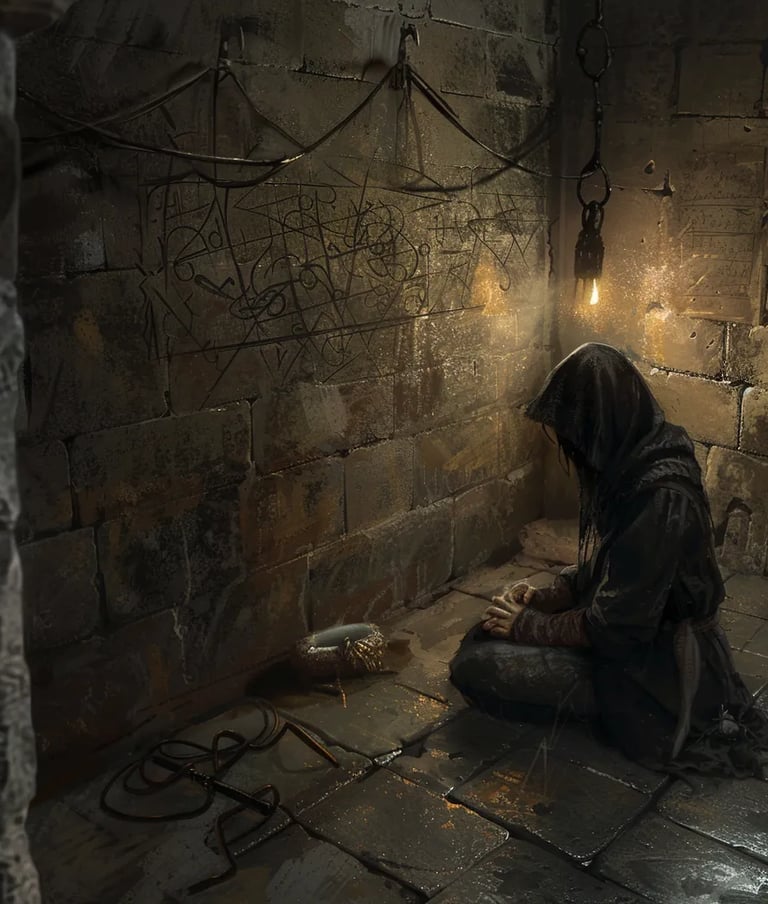

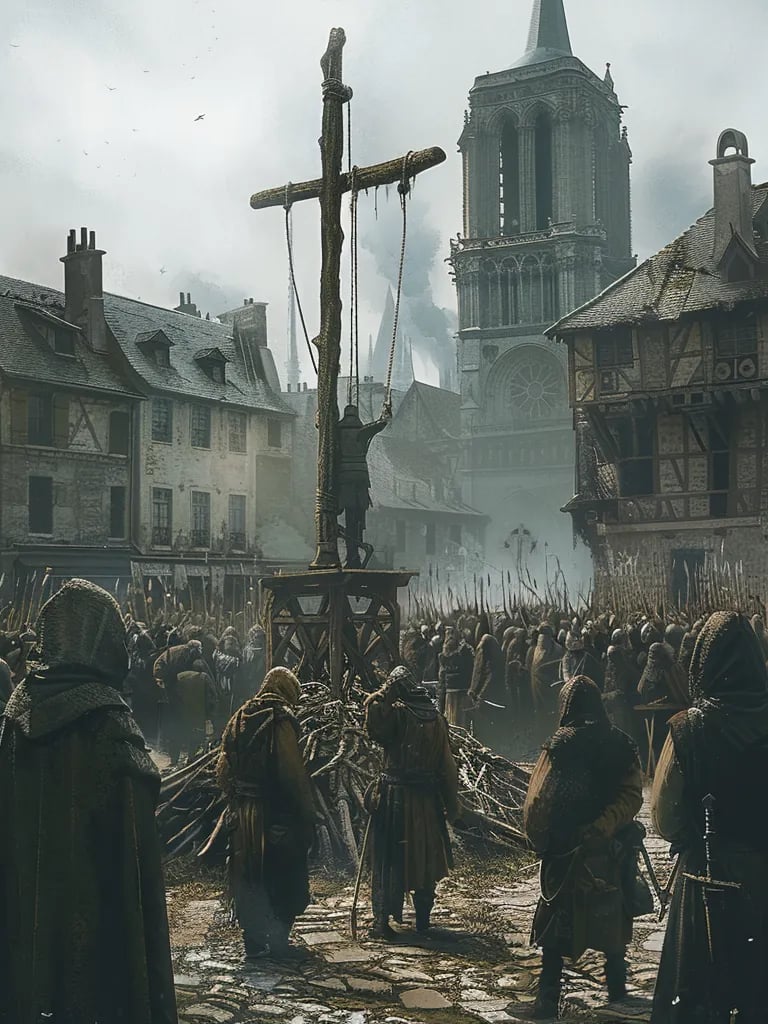

An agreement known as the Barrier Treaty was signed between England and the Netherlands, aimed at containing French expansion. The deal granted the Dutch control over fortified towns in the Spanish Netherlands, ensuring protection against future French invasions. While intended to secure peace, the treaty fueled tensions in European diplomacy, influencing military alliances and shaping the continent's political landscape for years to come.
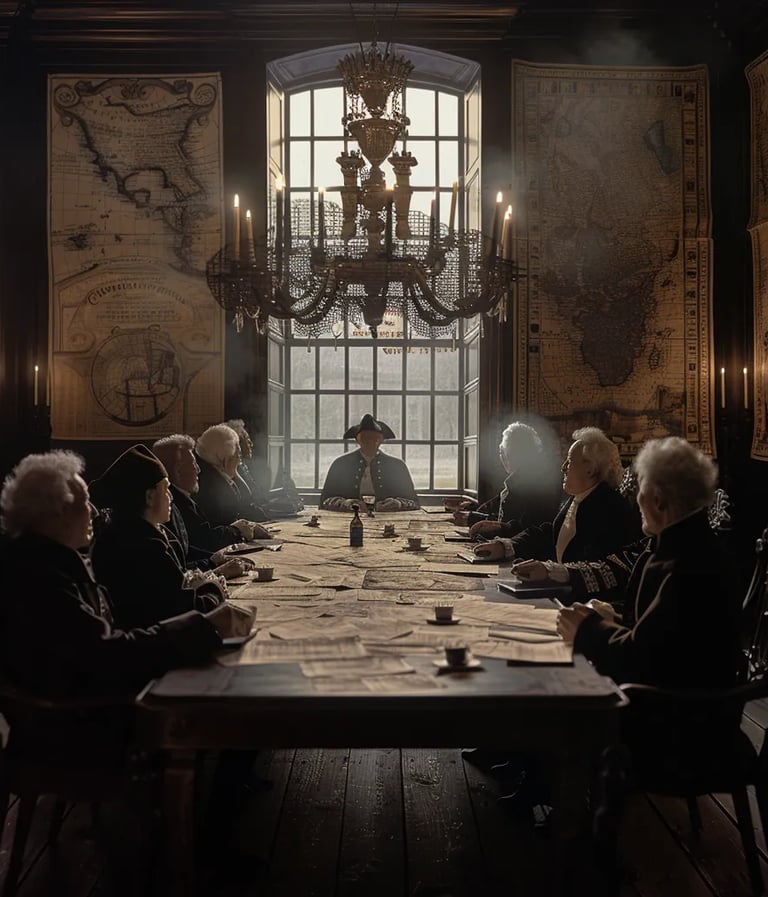

1709 – England and the Netherlands Unite Against France in a Secret Pact
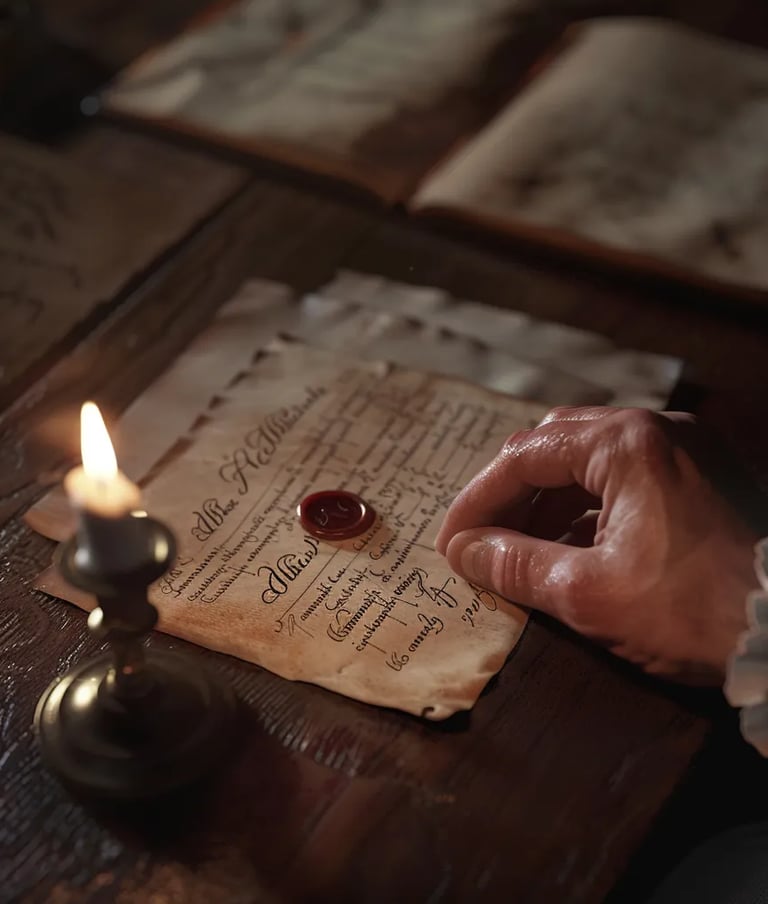

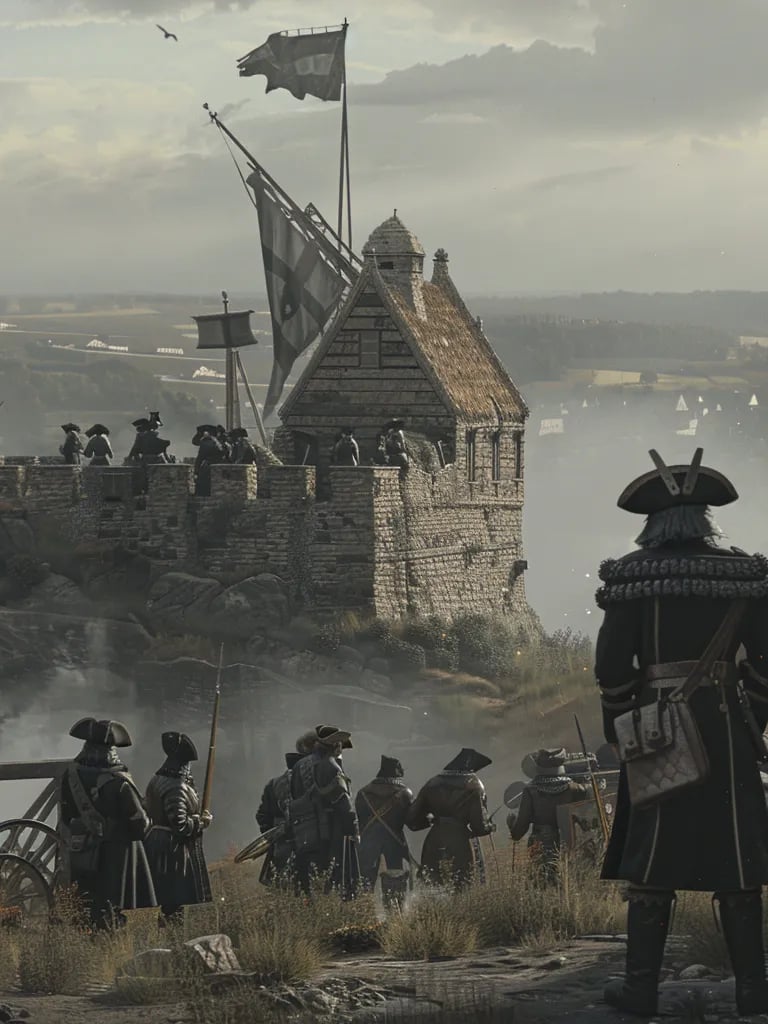

Tensions between Spain and Morocco erupted into war as Spain officially declared hostilities. Driven by territorial ambitions and long-standing rivalries, Spain sought to expand its influence in North Africa. Battles raged along the Moroccan coast, with Spain securing key victories. The conflict ultimately resulted in a treaty granting Spain control over strategic territories, deepening European involvement in North African affairs.


1859 – Spain Declares War on Morocco, Sparking a Colonial Conflict
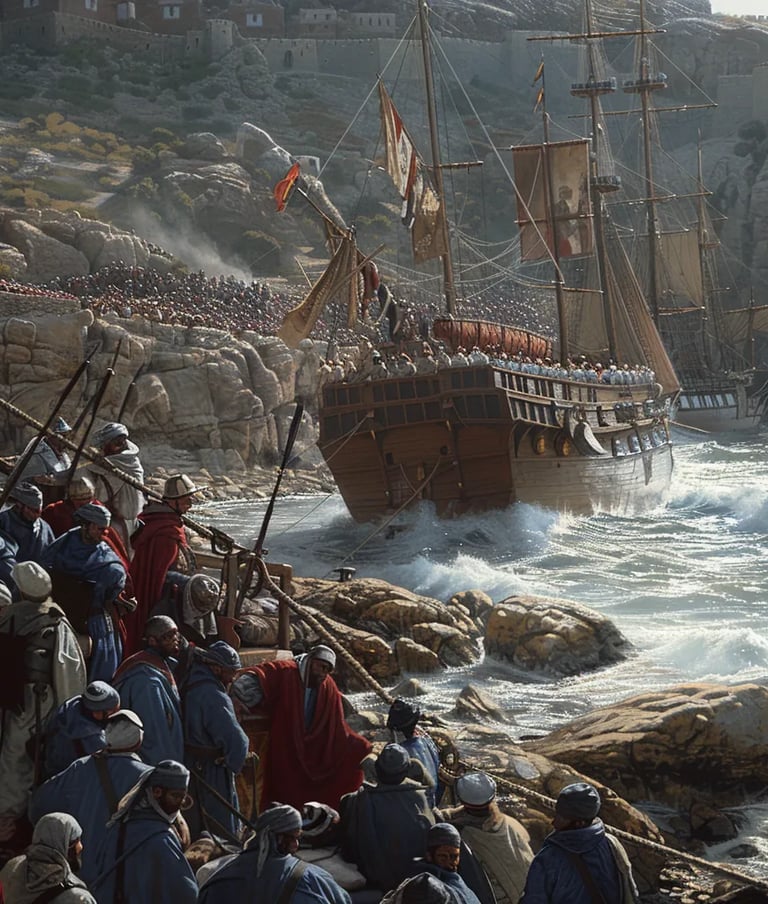

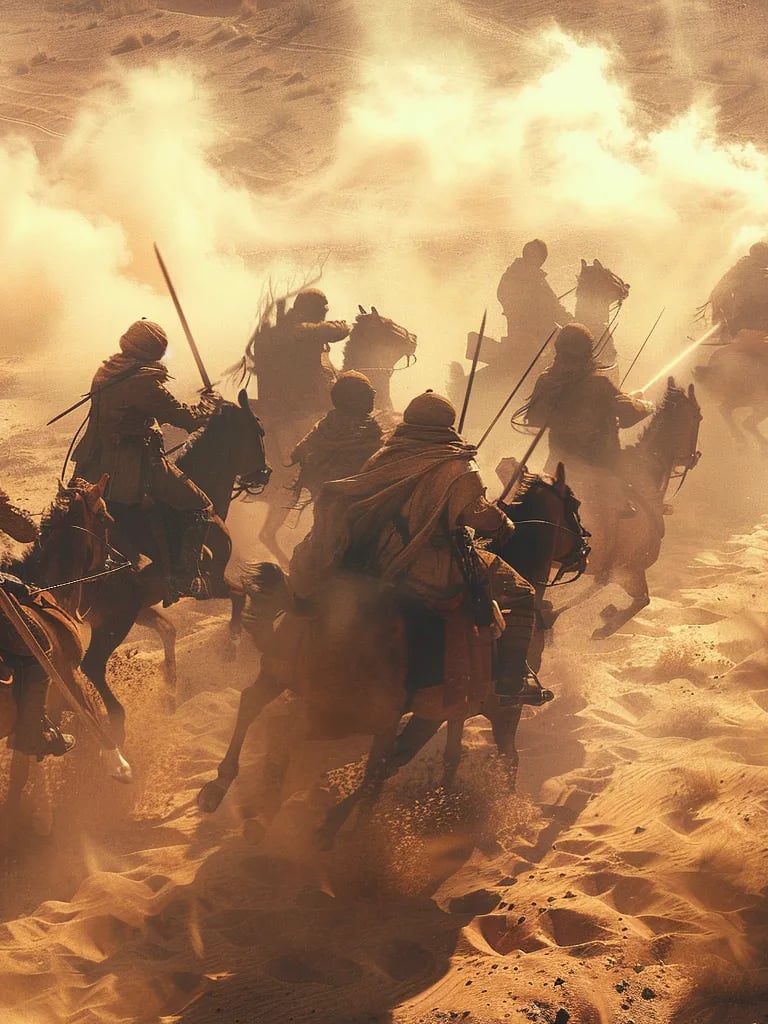

As World War I loomed, Turkish warships launched a surprise attack on Russian ports in the Black Sea, destroying ships and infrastructure. This aggressive move, orchestrated under German influence, led to Russia declaring war on the Ottoman Empire. The attack forced the Ottomans into the global conflict, setting the stage for fierce battles in the Middle East and the eventual collapse of their empire.
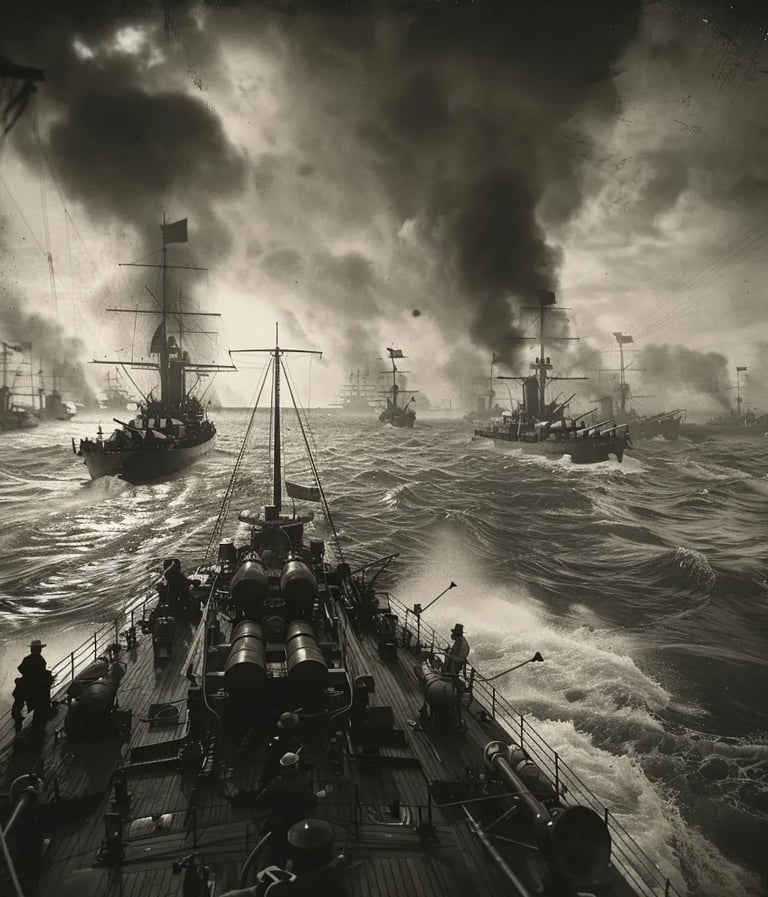

1914 – Turkish Warships Storm the Black Sea, Escalating Tensions
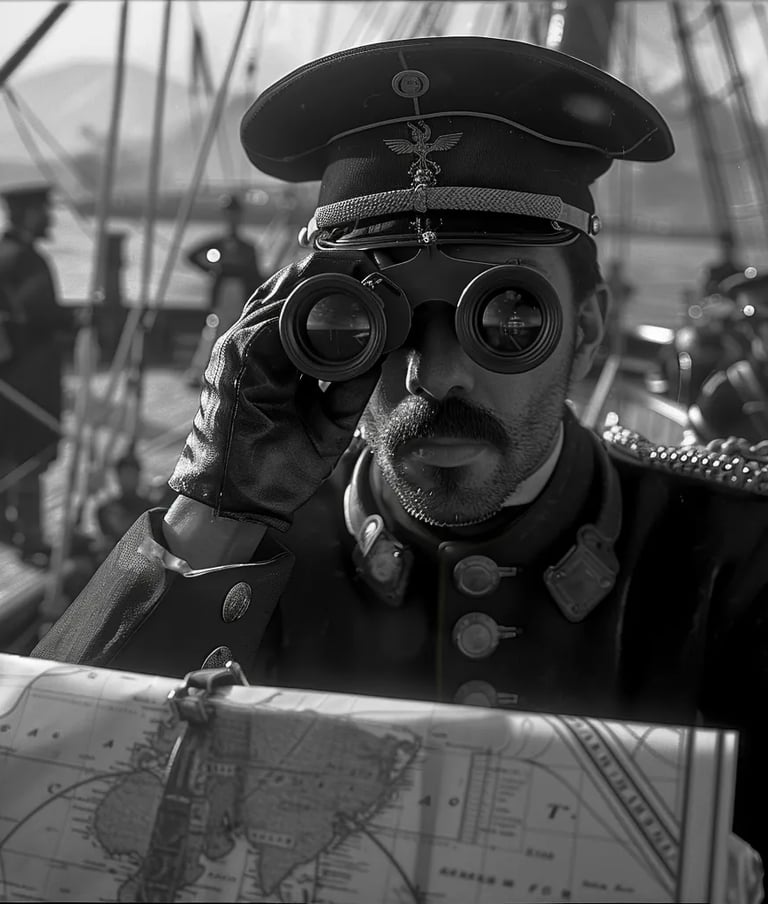

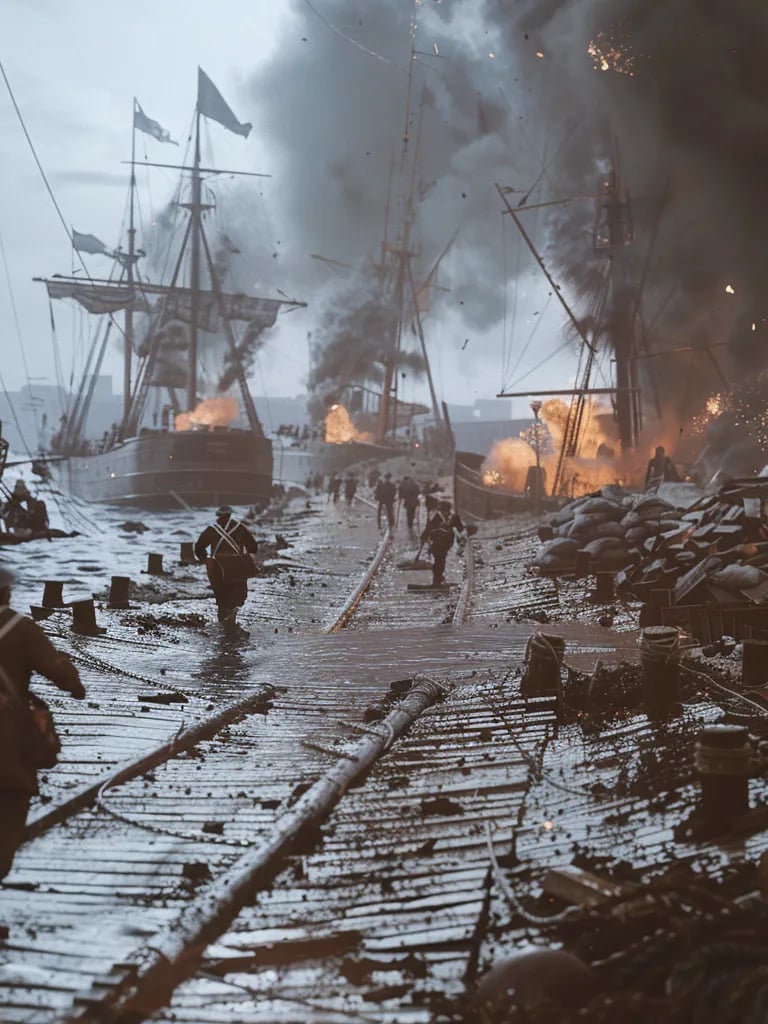

In Louisville, Kentucky, an 18-year-old Cassius Clay stepped into the ring for his first professional fight, facing police chief Tunney Hunsaker. After six dominant rounds, Clay won by unanimous decision, showcasing the speed, skill, and confidence that would define his career. This victory marked the beginning of his journey to becoming Muhammad Ali, the most iconic boxer in history and a global sports legend.
